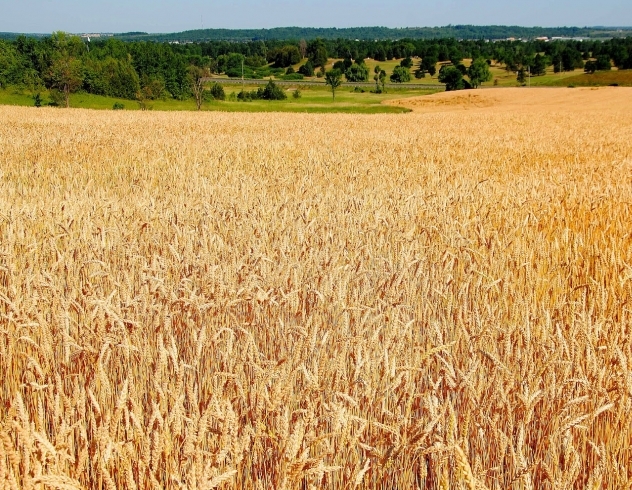News & Events

Evaluating Your Late Planted Wheat Stands
January 03, 2019

Now that we have turned the calendar to a New Year, growers will have to make some tough decisions in the coming months regarding the condition of their wheat acres that were sown last fall. Excellent planting conditions in early October have left thousands of acres of winter wheat in good shape going into the winter period. However many acres were planted in late October that never experienced any dry or warm conditions to encourage germination and hence has left these acres very vulnerable to winterkill, seed rot and a high probability of heaving losses later this spring during maple syrup season!
All we can hope for from here on in is a good cover of insulating snow to protect the struggling plants from sub-zero soil temperatures and the freezing/thawing cycles long into the month of March! Growers can always dig up some troubled areas of the field and warm up these plants indoors to determine their survival rate long before it is time to fertilize with nitrogen this spring. An optimum plant stand is 20 plants per foot of row. A population of only 7 plants/ft of row with healthy, evenly distributed plants will still yield 90% of its yield potential- however this situation rarely occurs in field conditions in our area.
Research from Ridgetown College in the late 1980’s, indicates a yield drop of about 10% in winter wheat yields from planting wheat on Oct. 5 to a delay till Oct. 15. Call your Clark Agri Service sales rep to help you assess the condition of your late planted wheat, if you need a second opinion!

This Crop Corner has been written by Jerry Winnicki, Agronomy Manager at Clark Agri Service. Jerry can be reached by email: jwinnicki@clarkagriservice.com or by phone 905-736-1426